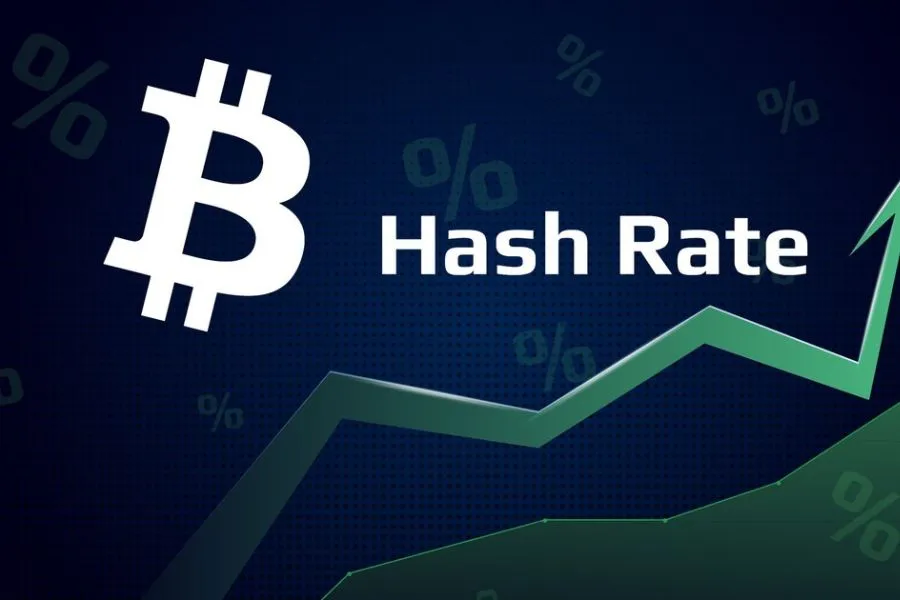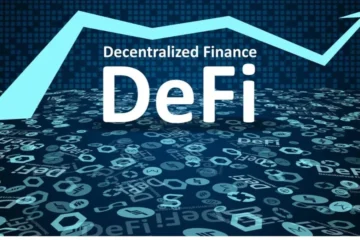In this post, we break down what “hash rate” actually means and why it plays a crucial role in the world of Bitcoin mining. Whether you’re new to crypto or just want to understand how mining works under the hood, this guide simplifies the complex math and mechanics. We also explore how hash rate impacts Bitcoin security, profitability, and even price movements.
Table of Contents
Ever Heard of Hash Rate? It’s the Pulse of Bitcoin Mining
Let’s get real: Bitcoin mining sounds like something that happens in a secret digital cave with people wearing VR headsets and solving puzzles. While it’s not that dramatic, the process does hinge on one vital element — hash rate. If you’re diving into the world of crypto or just curious about how Bitcoin gets mined, understanding the hash rate is a great place to start.
So, what is hash rate exactly? Why do miners obsess over it? And why should you, as an investor or trader, even care?
Let’s break it down.
Hash Rate Explained: The Simple Version
In plain terms, a hash rate is the speed at which a computer (or network of computers) can solve cryptographic puzzles. These puzzles are what secure the Bitcoin blockchain and verify new transactions. Every time your computer tries to solve one, it’s performing a “hash” — a function that converts data into a fixed-length string of characters.
Also Read: What Is a Hard Fork in Cryptocurrency?
The higher the hash rate, the faster the system can solve these puzzles, and the more likely it is to earn a reward for mining a block of transactions.
It’s measured in units like:
- KH/s – Kilo hashes per second (thousands)
- MH/s – Mega hashes per second (millions)
- GH/s – Giga hashes per second (billions)
- TH/s – Tera hashes per second (trillions)
- PH/s – Peta hashes per second (quadrillions)
Currently, we’re talking in the hundreds of exahashes per second (1 exahash = 1 quintillion hashes per second) across the global Bitcoin network. Yeah, it’s massive.
The Role of Hash Rate in Bitcoin Mining
Mining is essentially a global race. Miners compete to solve a cryptographic puzzle, and the first one to do it gets to add a block of transactions to the blockchain — and is rewarded with newly minted Bitcoin and transaction fees.
Here’s where hash rate matters:
- A higher hash rate means more chances to win the mining race.
- More miners = more security for the network.
- More competition means harder puzzles (thanks to a phenomenon known as mining difficulty).
So miners are constantly upgrading their hardware to achieve a higher hash rate. The faster they can hash, the more Bitcoin they can potentially earn.
Why Should You Care as a Trader or Investor?
Even if you’re not planning to set up your mining rig in the garage, the network hash rate affects you. Here’s how:
Network Security
The higher the hash rate, the more secure the Bitcoin network becomes. Why? Because it would take an insane amount of computing power to launch a 51% attack, where someone controls over half of the network to manipulate transactions. A high hash rate makes that nearly impossible.
Price Signals
There’s debate here, but many investors watch hash rate trends as a market signal. A rising hash rate can indicate:
- Confidence in the future of Bitcoin (miners believe it’s worth it to invest in hardware).
- Potential price increases (miners don’t ramp up unless they think they’ll profit).
On the flip side, a sudden drop in hash rate could signal:
- Miners are turning off machines due to low profitability.
- A possible price correction or lack of confidence.
It’s not a crystal ball, but it’s a useful metric in the toolkit.
Mining Profitability
If you’re dabbling in mining or just curious about the economics, the ash rate directly ties into profitability. A higher hash rate can mean:
- More Bitcoin rewards — but…
- Also, more competition.
So it’s a constant balance between your machine’s power, energy costs, and the network’s overall hash rate.
Also Read: What Is Staking Means in Crypto?
What Affects Hash Rate?
Several factors influence the hash rate of the Bitcoin network:
- Mining Difficulty Adjustments: Bitcoin’s algorithm adjusts every 2,016 blocks (~every 2 weeks) to keep block times at 10 minutes. If more miners join, the difficulty rises.
- Electricity Costs: Cheap energy encourages mining. That’s why we see mining hubs in places like Texas, Kazakhstan, and formerly China.
- Mining Hardware: More efficient mining machines = better hash rate. The industry has evolved from CPUs to GPUs to ASICs (Application-Specific Integrated Circuits).
- Regulations: Crackdowns or support from governments can push miners in or out of certain regions, which directly impacts hash power.
A Real-World Analogy: Think of a Lottery
Imagine every miner is buying a bunch of lottery tickets. Each ticket is a hash attempt. The more hashes (tickets) your machine can produce, the better your chances of winning the jackpot (mining the next block). But the catch? Everyone else is buying tickets too — and some have a lot more computing power than you.
That’s why large mining farms with massive hash rates dominate — but also why hash rate growth often reflects broader market dynamics and investor interest.
Hash Rate Is More Than Just a Number
Understanding hash rate is like lifting the hood on the engine of Bitcoin. It’s a core part of how the network runs, stays secure, and remains decentralized.
For traders, it’s a signal. For miners, it’s a metric of war. And for the crypto-curious? It’s a fascinating look at how digital money is kept alive by an invisible force of computing power.
So the next time someone drops “hash rate” in a crypto chat, you’ll know exactly what’s up — and why it matters.




